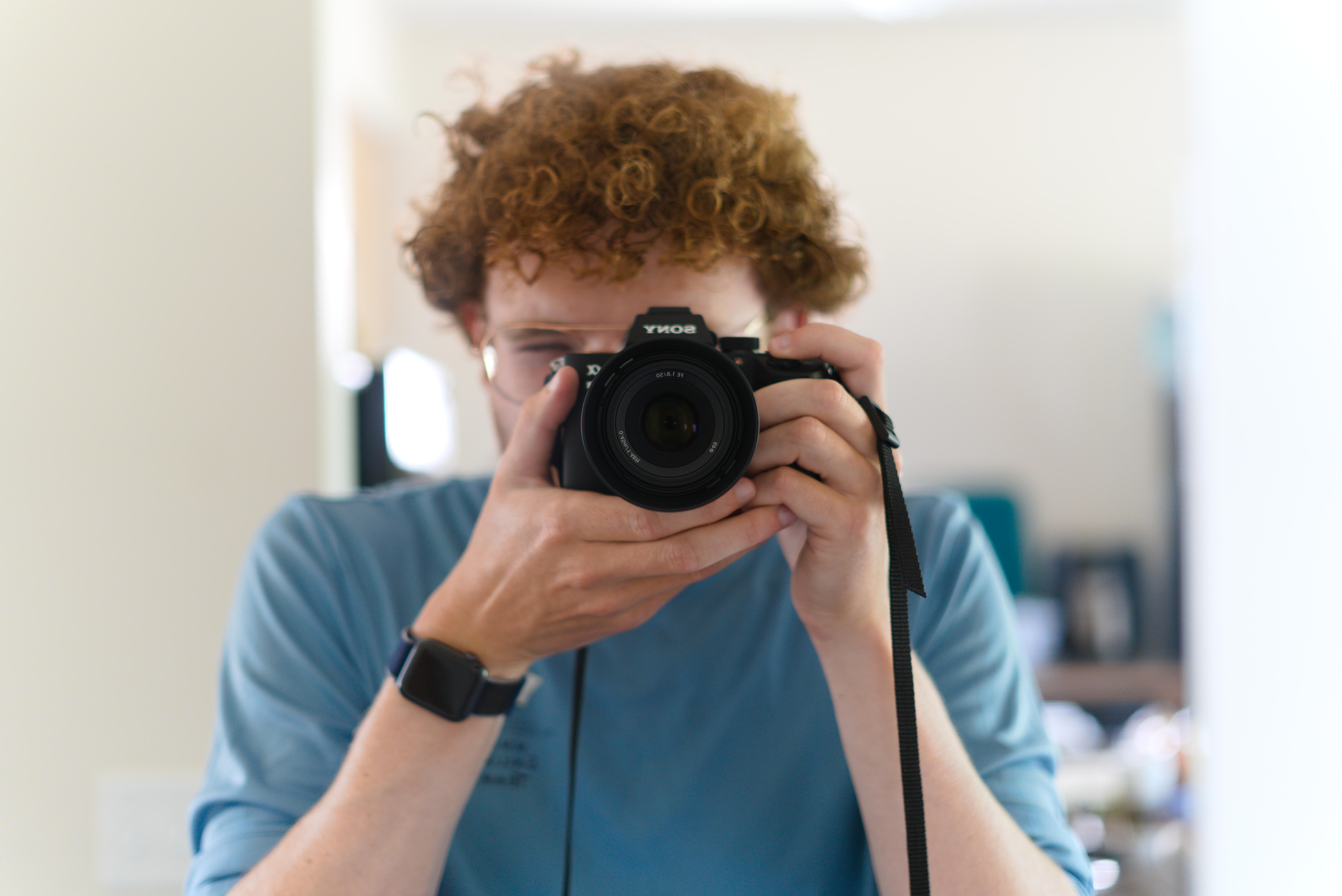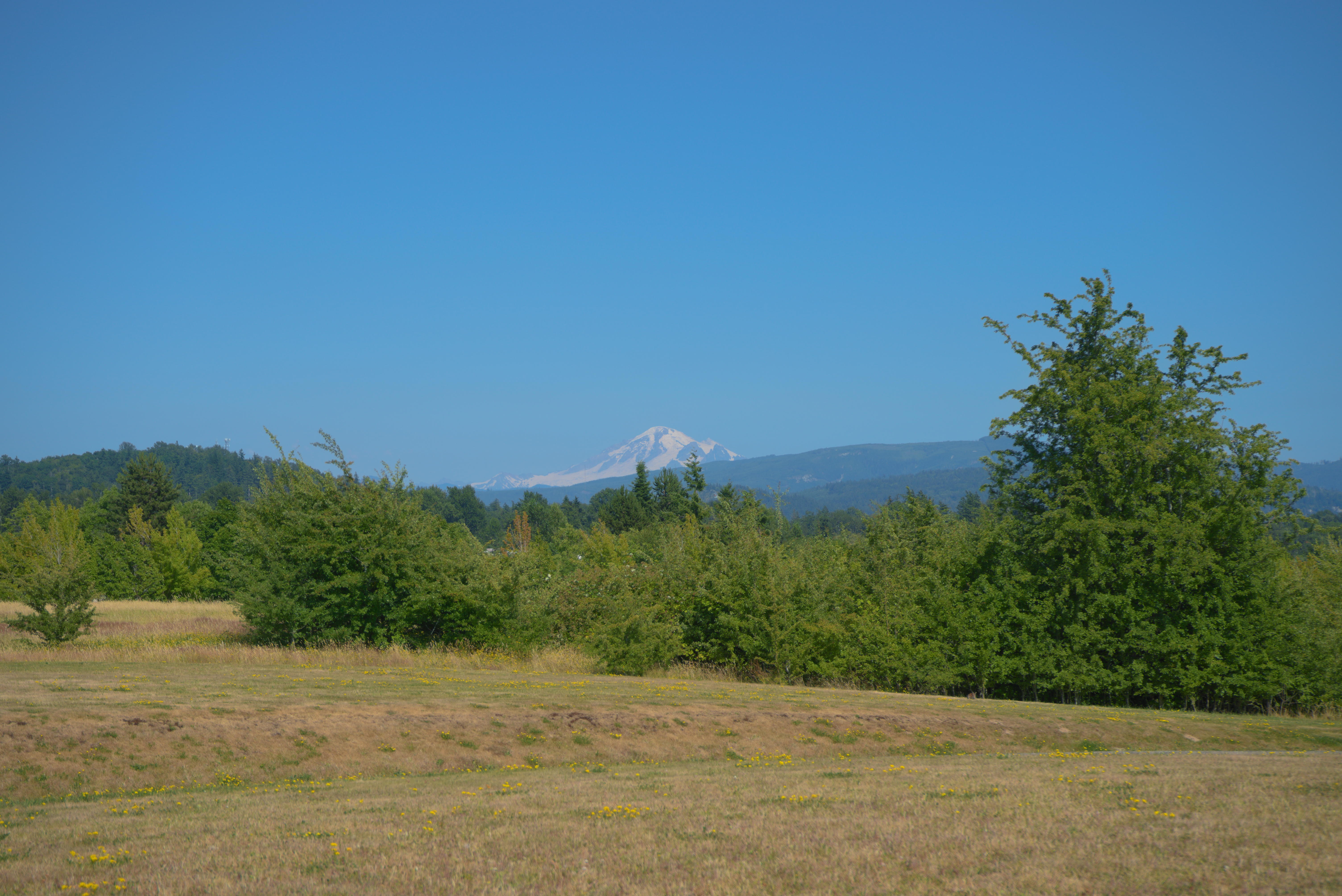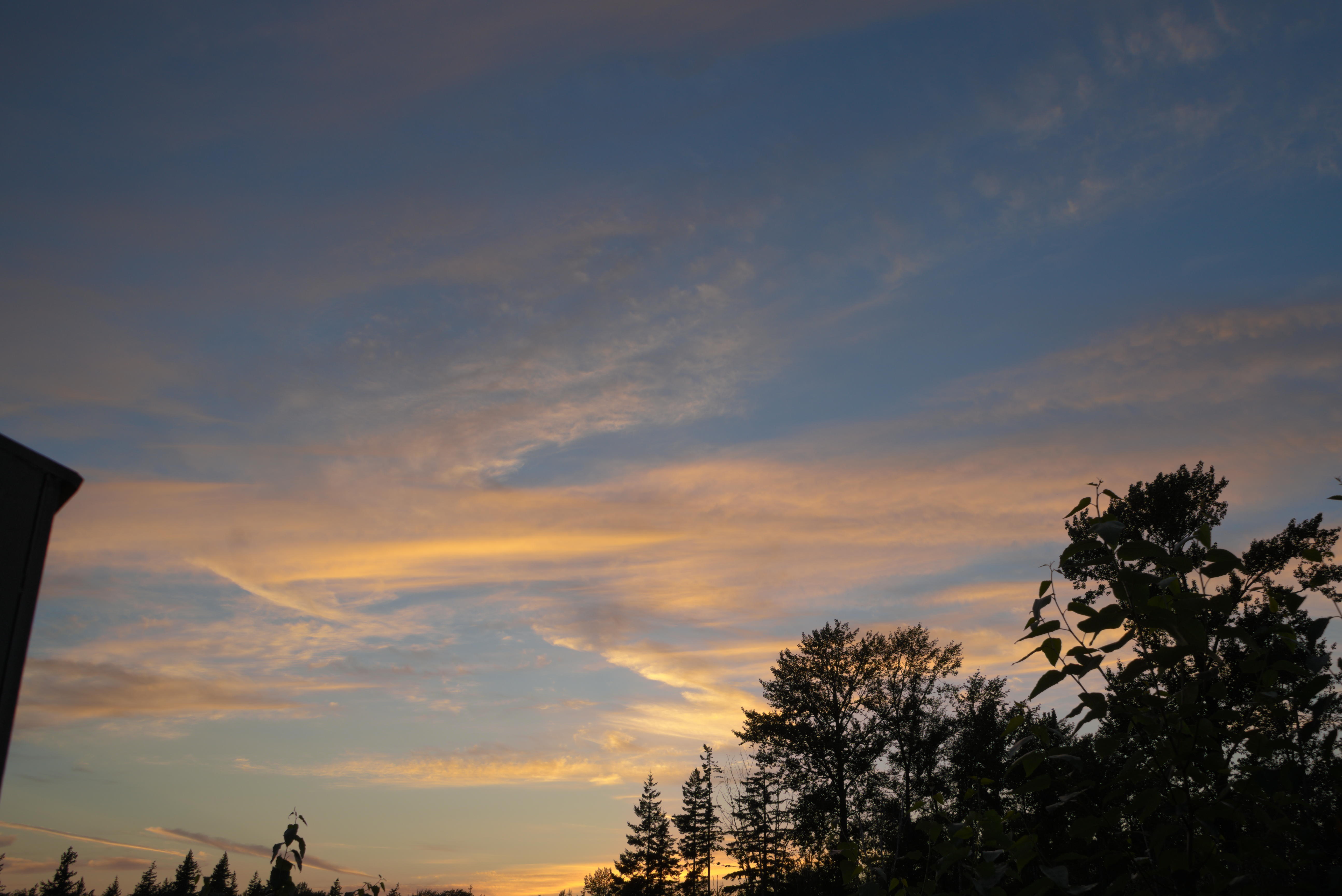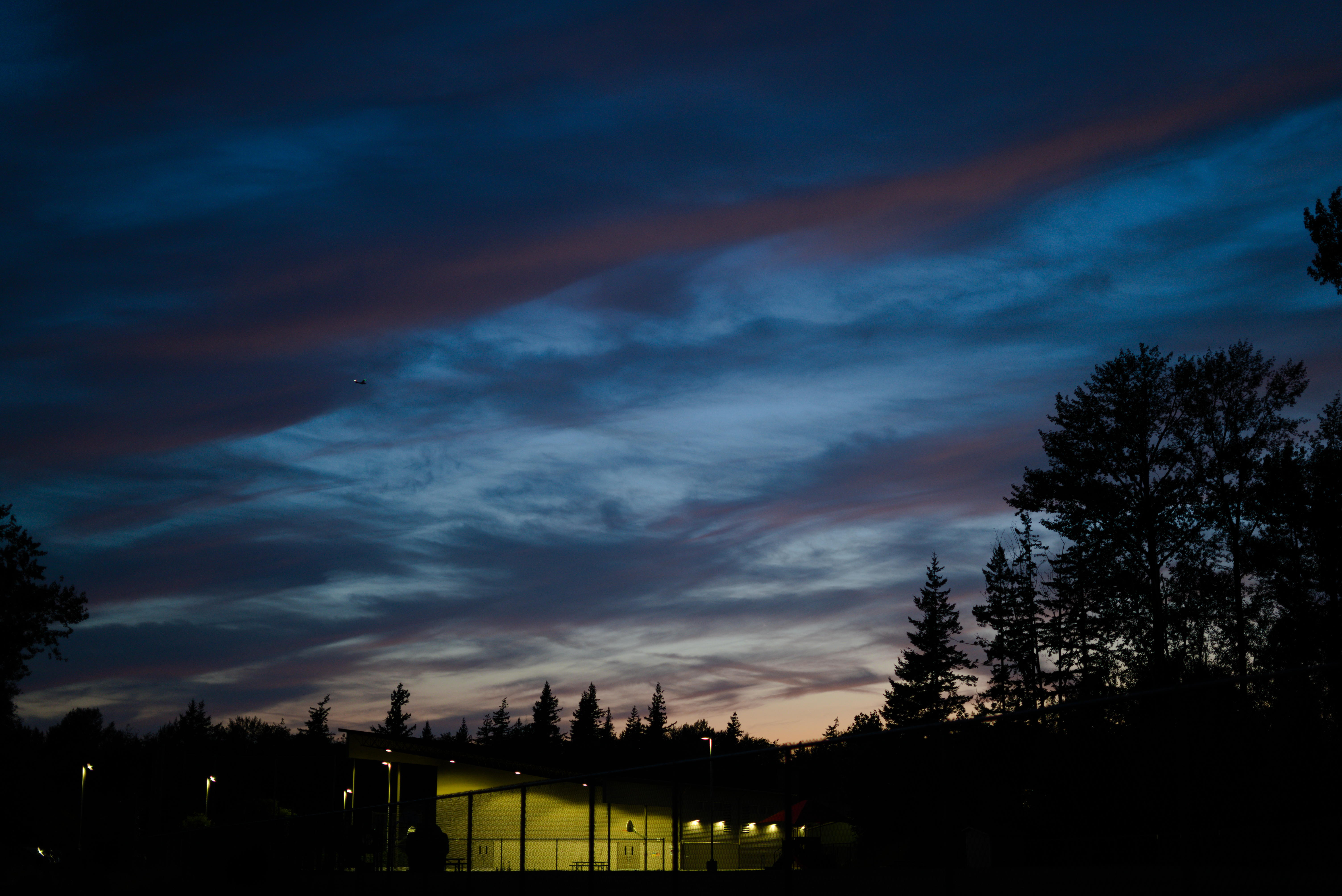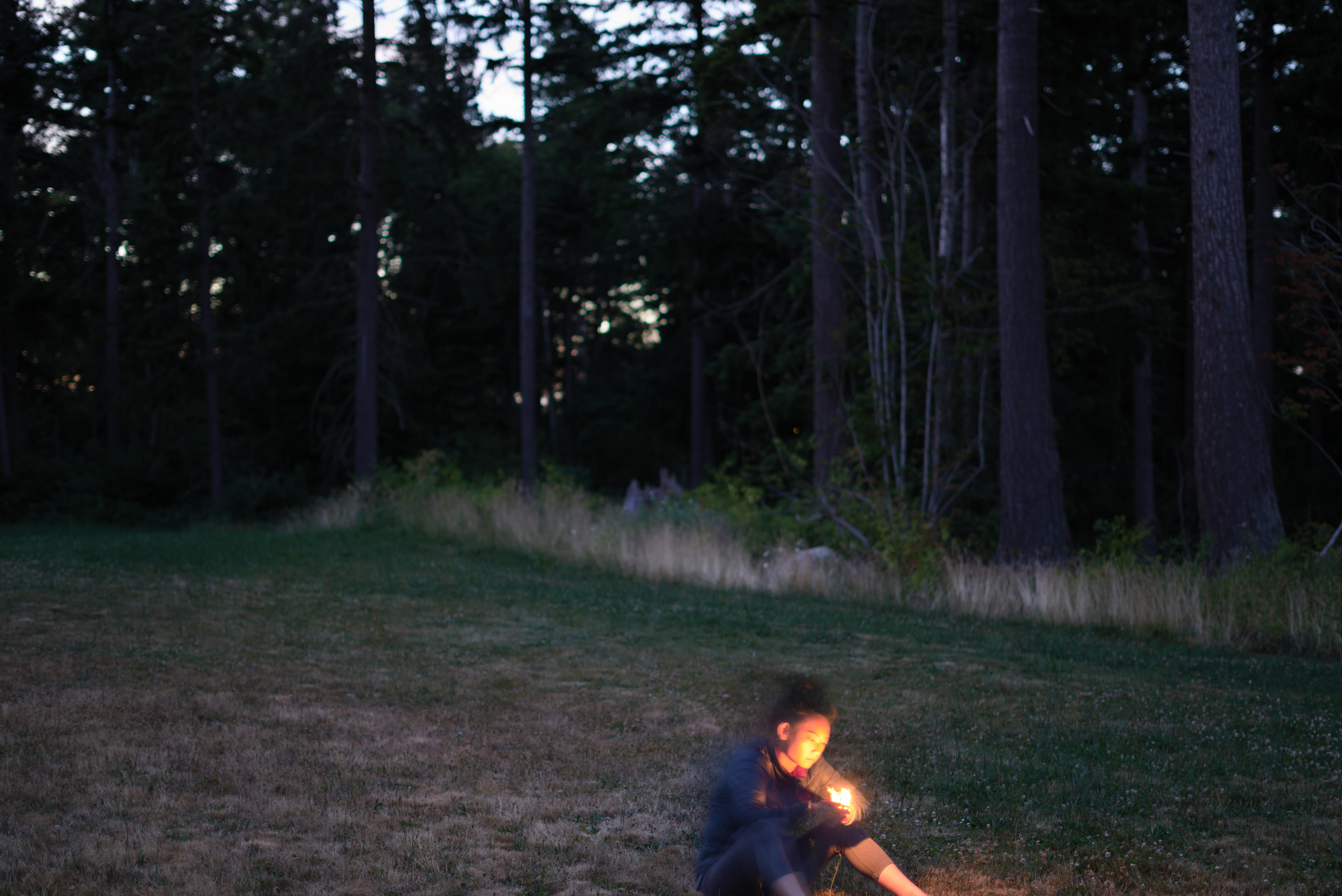My First Camera
Tuesday, July 6, 2021
After getting an iPhone 12 Pro Max, I became addicted to taking photos. I would drive around all day, looking for exciting things to put in a frame. I also simultaneously moved in with a friend of mine, Nate. Nate does product photography for his business and also as a hobby. Nate’s love for photography led me to want a camera for myself.
In buying a camera, I set some initial goals for what I wanted:
- Digital
- Better Image quality than my iPhone
- Great Low-Light performance
- Shallow depth of field, so interchangeable lenses for sure
- Portability, a camera I don’t have is one I won’t use
- Something versatile that I can grow into
- Budget of $1,500
With this list, I did lots of internet research, comparing major brands I was already aware of, like Nikon, Sony, and Canon. I immediately liked the idea of a full-frame sensor. This sensor differs from standard camera sensors because of its size. Most digital cameras use smaller sensors to save cost as component costs scale greater with size and not resolution. These sizes are referenced based on the scale based on the standard 35mm film. See this great Wikipedia graphic. The advantage of full-frame digital cameras is that they focus on the same area as a 35mm piece of film. The larger sensor allows for a much shallower depth of field and better low-light performance. The list I made led me to like the newly released Sony a7C (pronounced: “alpha seven see” or “a seven see”). The a7C was the most miniature, cheapest, most versatile full-frame. The only problem was the price: $1,800 for just the body!
So, defeated, I continued to browse craigslist for maybe something to appear. Then, on July 4th, a camera shop in Seattle listed a used a7C for $2,400! This camera was what I was looking for. With my money saved up from graduation and my college job, I drove down to Seattle. When I arrived, I asked someone at the desk about the a7C as it wasn’t on the shelf, and they went upstairs to retrieve the camera body. When they returned, they were carrying 4 camera bodies, the a7C, an a6400, an a1, and an a7III. Based on my research, I knew the a7III has the exact same internals as the a7C I wanted. I also immediately realized just how small the entire Sony Alpha lineup was. Every camera body was about half the size and weight I imagined.
With this information, I decided to get the a7III and save about $500. I also got two lenses; first, a “kit” lens, usually packaged with a camera body, and are great all-around performances. They cover the standard 28-70mm zoom ranges (28mm is very wide, 70mm is kinda tight, not a telephoto). Still, it is limited by its f3.5-5.6 aperture. The smaller aperture (bigger numbers mean smaller aperture sizes) means I would not get the depth of field effect I wanted. The second lens I got was a 50mm “prime” (“prime” lens that cannot zoom but allow for substantial aperture sizes for lower prices). The 50mm could open up to f1.8! This would basically outperform the iPhone portrait mode quite a bit. So, with my new body and lenses, I drove back to Bellingham, happy with my new toy.
Once I arrived in Bellingham, I immediately realized I had accidentally purchased a 50mm lens for APC-C (smaller than a full-frame) camera, so I ran to best buy and got the correct lens and returned the wrong one the following week.
TLDR; I bought:
- Used Sony a7III camera body
- Used Sony f3.5-5.6 28-70mm FE lens
- New Sony f1.8 50mm FE lens
Here are the first pictures I took on the camera. Please note they are all horrible.
I quickly left my apartment on my bike and looked for something, really anything, to point my camera at. I found Mt. Baker, a sunset, and my roommates. My final shot of my roommates was my first lesson in digital photography: watch the ISO! The observant may see that my shutter speed (1/50 of a second), and the aperture (f1.8) stay the same, and the ISO jumps around. This happens when you put a factory reset Sony camera in manual mode. You select the aperture and shutter speed, and the ISO is auto, causing inconsistent graininess.
Then I sat down and saw the grain in the photo of my roommates. I was initially mad that the camera I just got for low light performance had a bad low light performance. But quickly came to learn that this was a user error. After reading the manual (like I should’ve started with), I went back out at night with Aliza for some photos in the dark. These shots follow the trend thus far of being terrible.
Aliza and I were being eaten alive by bugs, so it was a quick adventure. The biggest lessons were:
- In order of settings, set ISO, aperture, then shutter speed for best results.
- Pay attention to the ISO or suffer the grain
- Don’t open the aperture just because you think bokeh is cool; the subject may become blurred if it focuses on their nose
I also really enjoyed the photo of Aliza and Miles the most; this was a big hint that I liked portrait photography.
